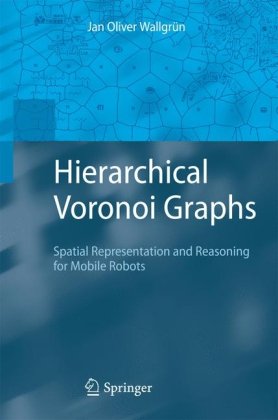

Most ebook files are in PDF format, so you can easily read them using various software such as Foxit Reader or directly on the Google Chrome browser.
Some ebook files are released by publishers in other formats such as .awz, .mobi, .epub, .fb2, etc. You may need to install specific software to read these formats on mobile/PC, such as Calibre.
Please read the tutorial at this link: https://ebookbell.com/faq
We offer FREE conversion to the popular formats you request; however, this may take some time. Therefore, right after payment, please email us, and we will try to provide the service as quickly as possible.
For some exceptional file formats or broken links (if any), please refrain from opening any disputes. Instead, email us first, and we will try to assist within a maximum of 6 hours.
EbookBell Team

4.0
6 reviewsWhat is space? Is there space when there are objects to occupy it or is there space only when there are no objects to occupy it? Can there be space without objects? These are old philosophical questions that concern the ontology of space in the philosophical sense of ‘ontology’ – what is the nature of space? Cognitive science in general and arti?cial intelligence in particular are less c- cerned with the nature of things than with their mental conceptualizations. In spatial cognition research we address questions like What do we know about space? How is space represented? What are the representational entities? What are the rep- sentational structures? Answers to these questions are described in what is called ontologies in arti?cial intelligence. Different tasks require different knowledge, and different representations of knowledge facilitate different ways of solving problems. In this book, Jan Oliver Wallgrün develops and investigates representational structures to support tasks of autonomous mobile robots, from the acquisition of knowledge to the use of this knowledge for navigation. The research presented is concerned with the robot mapping problem, the pr- lem of building a spatial representation of an environment that is perceived by s- sors that only provide incomplete and uncertain information; this information usually needs to be related to other imprecise or uncertain information. The routes a robot can take can be abstractly described in terms of graphs where alternative routes are represented by alternative branches in these route graphs.